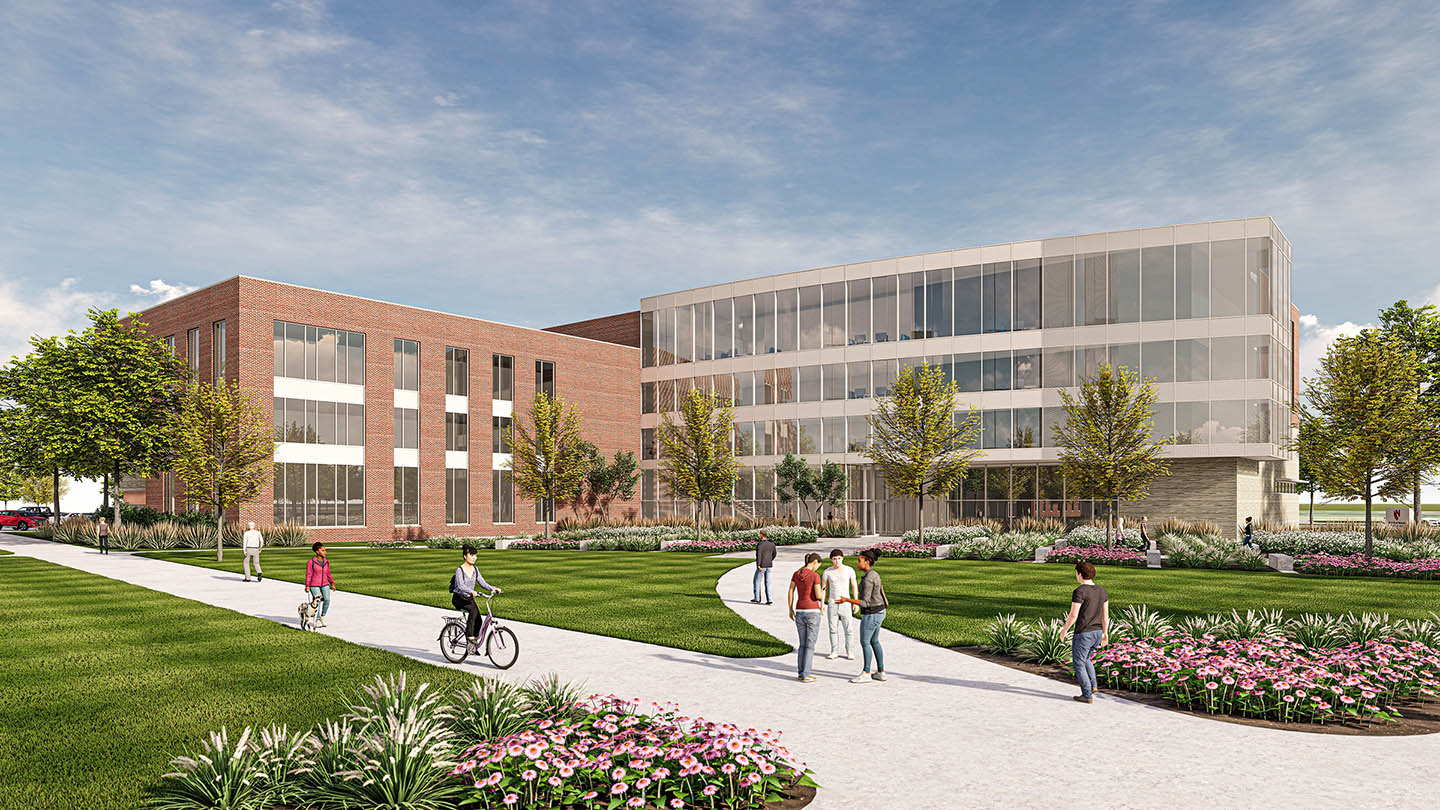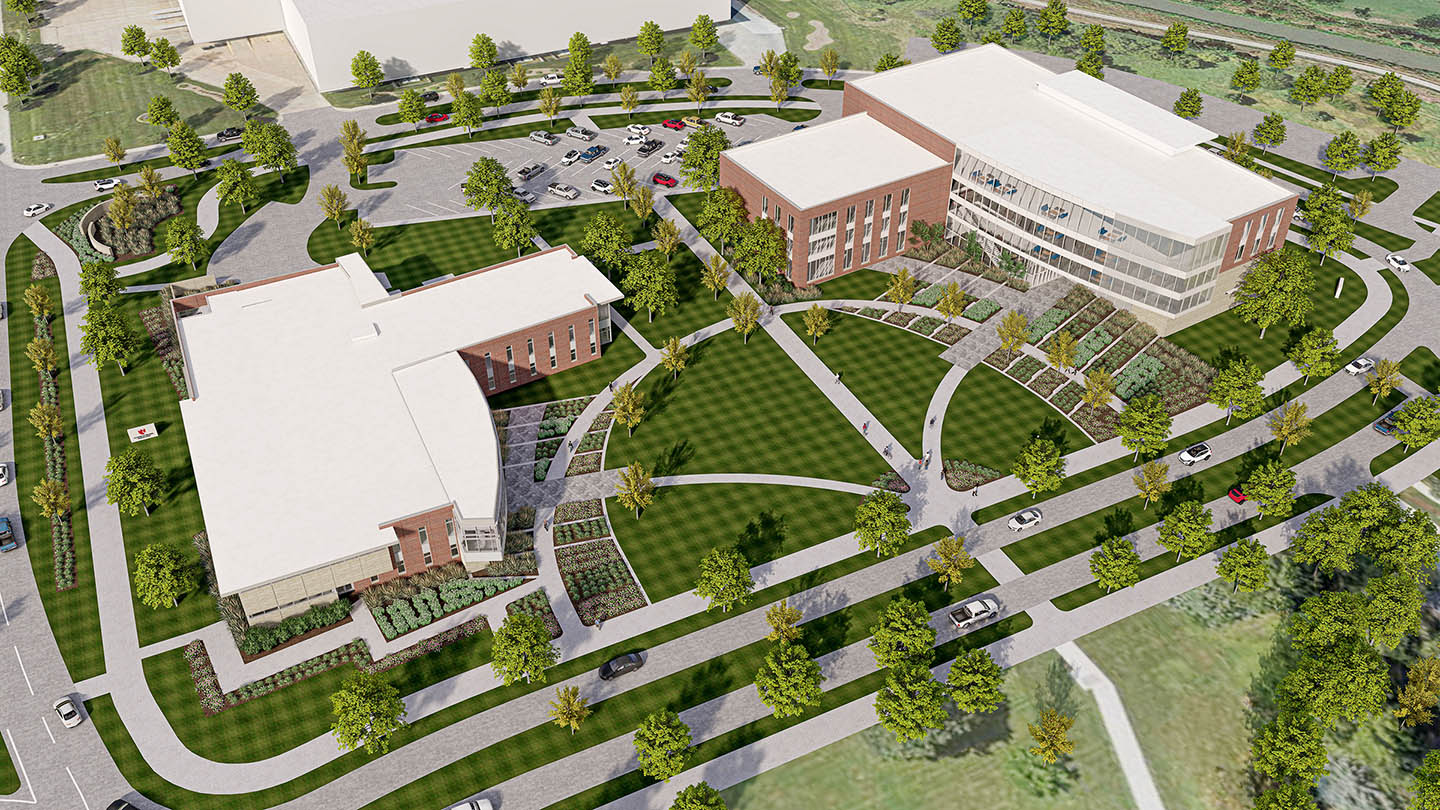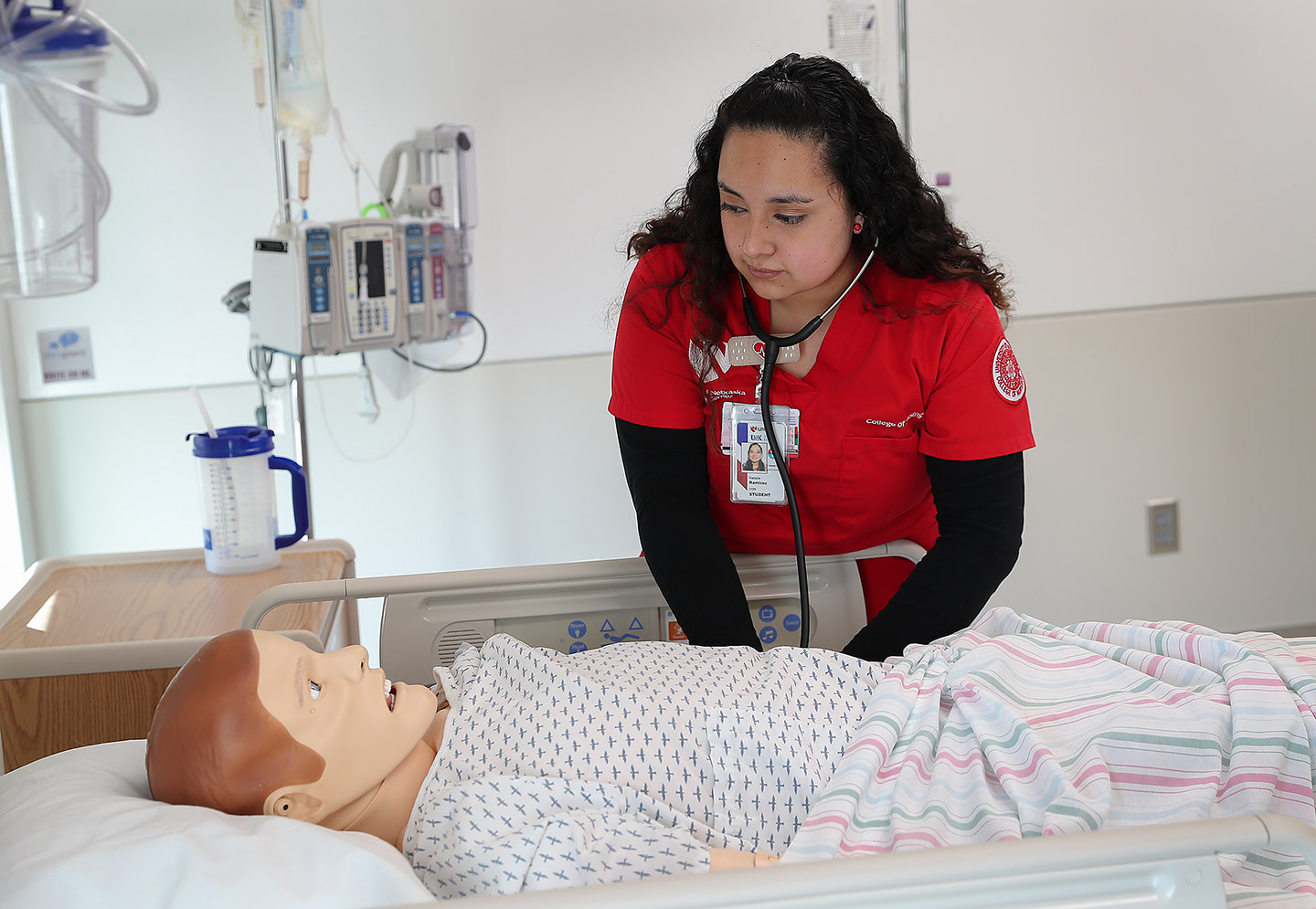
By TYLER ELLYSON
UNK Communications
KEARNEY – Natalie Ramirez could go pretty much anywhere when she graduates in May.
With nurses in high demand across the state and country, she won’t have any trouble finding a job after completing her bachelor’s degree.
Many young professionals would view this as an opportunity to move to a big city, but not Ramirez. She plans to start her career in rural Nebraska, where she received her education and training.
A native of Bridgeport – a community of about 1,500 in the western Nebraska Panhandle – Ramirez attended the University of Nebraska at Kearney through the Kearney Health Opportunities Program (KHOP), a partnership between UNK and the University of Nebraska Medical Center.
The program grows the state’s health care workforce by recruiting and educating students from rural Nebraska who are committed to practicing in these areas. Participants are awarded full-tuition scholarships to attend UNK and guaranteed admission to UNMC if all requirements are met.
Ramirez calls her participation in KHOP “one of the best things” she’s done. She received support and guidance at UNK while developing connections with classmates and faculty members that made the transition to UNMC much easier.
Once nursing school began, she simply moved across campus to the Health Science Education Complex, another collaboration between UNK and UNMC.

DEMONSTRATED SUCCESS
Opened in fall 2015 on UNK’s west campus, the Health Science Education Complex was developed with a singular focus on rural health care. The $19 million, 46,000-square-foot facility is designed to address the shortage of medical providers by using a “grow-your-own” approach – if you want these professionals to live and work in rural Nebraska, you need to train them there.
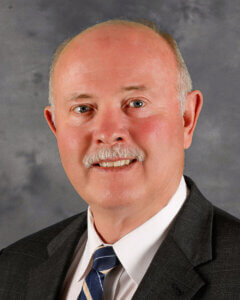
Charlie Bicak, senior vice chancellor for academic and student affairs at UNK, called the project “an unmitigated success.”
“The proof of concept is very clear,” he said.
With the addition of the Health Science Education Complex, the UNMC College of Nursing was able to expand its undergraduate and graduate programs in Kearney and, for the first time, the UNMC College of Allied Health Professions offered its programs on the UNK campus, making them more accessible to students from central and western Nebraska.
The Health Science Education Complex quickly filled to capacity, with more than 300 students currently pursuing degrees in over a dozen professional programs, including cardiovascular interventional technology, diagnostic medical sonography, magnetic resonance imaging, medical laboratory science, nursing, occupational therapy, physical therapy, physician assistant and radiography.
In addition to their on-campus education, many of these students complete clinicals in the same communities they’ll serve after graduation. About 85% of the students who graduate from the Health Science Education Complex start their careers in Nebraska.
“It’s been a tremendous success,” Bicak said. “That partnership is working exactly as we had hoped and expected.”
For students like Ramirez, the experience gained at a rural hospital or clinic leaves a lasting impact.
“Once you work in rural Nebraska, you really feel that sense of community,” she said. “People truly want you to succeed.”
That support has a ripple effect.
When medical professionals practice in rural areas, they don’t only enhance the workforce and ensure quality health care is available close to home. These high-skill, high-wage occupations also provide an economic boost for local businesses and create fiscal sustainability for communities.
“I think it’s an initiative that floats all boats,” Bicak said.
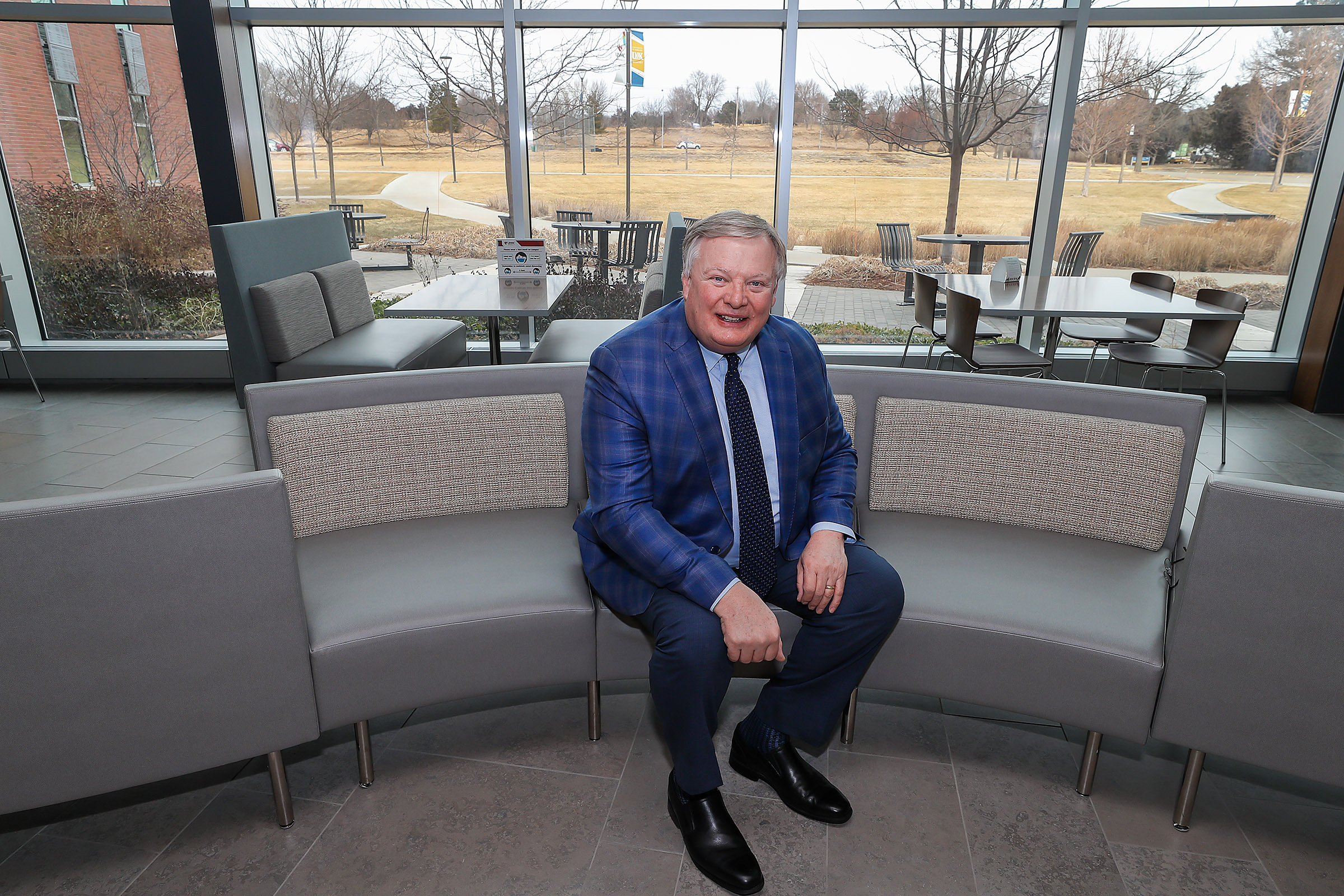
ADDITIONAL NEED
Projects such as the Health Science Education Complex have dramatically increased the number of nurses and allied health professionals practicing in rural Nebraska.
However, a significant need remains.
According to a 2020 health care workforce report from UNMC:
- All Nebraska counties except Douglas and Lancaster are designated as shortage areas for at least one type of primary care
- 14 counties don’t have a primary care physician and 58 are designated as shortage areas for family physicians
- Only 39 counties have an active OB-GYN and just 18 have a licensed audiologist
There’s high demand for more dentists, mental health practitioners, nurses, occupational therapists and speech-language pathologists, too. The latest report from the Nebraska Center for Nursing shows nearly 4,200 more nurses are needed to meet statewide demand, with that shortfall expected to approach 5,500 positions by 2025 – a figure equivalent to 19% of the current workforce.
Quality, accessible health care is essential to the survival of rural communities, the UNMC report notes, but ongoing workforce shortages intensified by the COVID-19 pandemic and an aging population put their future in peril.
“If we don’t act soon, these shortages will become a crisis, and that impacts the vitality of our rural communities,” UNK Chancellor Doug Kristensen said.
With just over $1 billion in American Rescue Plan funding available to aid public health and economic recovery in the state, Kristensen believes “the timing is right” to address this problem. Through LB721, a bill introduced by state Sen. Robert Hilkemann of Omaha with support from Sens. John Lowe of Kearney, John Stinner of Gering and Mark Kolterman of Seward, the University of Nebraska is requesting $60 million in federal COVID-19 relief funding to add a second building dedicated to rural health education on the UNK campus.
ONCE-IN-A-LIFETIME OPPORTUNITY
To be located directly north of the Health Science Education Complex, the new Rural Health Education Building would strengthen an already successful partnership between UNK and UNMC while further addressing the need for more health care workers in the state.
Kristensen calls it a project of “historic proportions” – a once-in-a-lifetime opportunity to invest in the long-term viability of rural Nebraska.
“This is a game-changer for rural Nebraska,” he said. “This will change the complexion and resources for rural Nebraska in ways we could have never done before.”
Like the Health Science Education Complex, the proposed building would allow UNMC to expand its existing programs and bring new options to the UNK campus, including medical nutrition, genetic counseling and respiratory care – all high-need areas in rural Nebraska.
For the first time, the UNMC College of Medicine would educate physicians in rural Nebraska, and a Master of Health Administration would be added to complement UNK’s undergraduate program. Discussion is also underway for the UNMC College of Pharmacy to offer a joint degree program with UNK, which will enhance its successful undergraduate curriculum to ensure future UNMC students have the highest quality of preparation for rural health service.
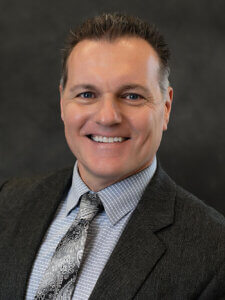
Similar to the Davis Global Center on UNMC’s Omaha campus, the Kearney facility would serve as a hub for health education in rural Nebraska, with state-of-the-art technology, active-learning classrooms, simulation and anatomy labs and clinical space. It would support collaborative research that improves the lives of Nebraskans and provide professional development, training and continuing education opportunities for existing health care workers.
“This is something that’s beyond this year’s or next year’s immediate need or want,” Kristensen said. “This is a long-term investment in the best interest of rural Nebraska. I think we have rural legislators who are very concerned about what’s going to happen to rural Nebraska in the long run, and this is one of the great opportunities to change rural Nebraska for the better.”
The Rural Health Education Building has an estimated cost of $85 million, with $25 million coming from private funds. It could be completed as early as 2025.
For Kearney Regional Medical Center and other rural health care providers facing urgent workforce shortages, the new facility can’t open fast enough.
“If you can get it done yesterday, we’d be all for it,” Kearney Regional CEO Bill Calhoun said.
“We are 100% backing and supporting the rural health complex. Build it and we will take as many of those people as we can conceivably take in our medical center to fill the critical vacancies we have.”
